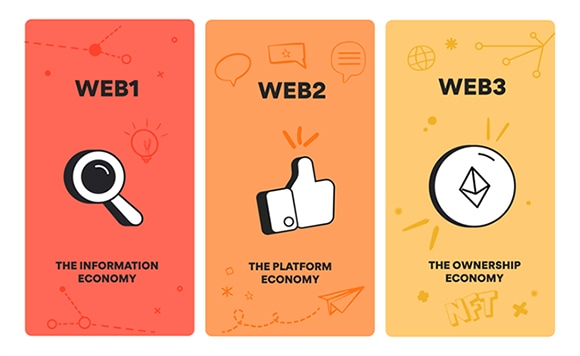Global donor (pharmaceutical) organizations face a myriad of challenges and risks in their supply chains when monitoring donations of essential medical supplies to low-middle-income markets. Product diversion, improper storage and distribution conditions, quality excursions, expiration of products, and product tampering all put patients' health at risk and impact donor organizations negatively in several ways. All of these supply chain risks prohibit the original intent of these donations – increasing access to medicines for patients in the low- and middle-income countries (LMICs).
It’s been acknowledged across the donated medicines market that the best way to overcome these challenges is to improve the visibility of medicines along the supply chain and capabilities of those involved. Improvements in supply chains lead to dramatic advancements in utilization of donated medicines, ensuring the products reach their intended patients – the true value indicator of the donor organization.
Made possible by the advent of Web3 (or the Internet of the 3rd generation), OriginTrail Decentralized Knowledge Graph brings to life a new type of assets, representing critical information that drives supply chain trust and transparency. These assets are powered by blockchain, the same technology that is the foundation of cryptocurrencies like Bitcoin, Ethereum or Polkadot, and unlock enormous value as a verifiable representation of data, attesting to the sustainability focus of businesses and organizations.
If the 1st generation Internet (Web1) allowed for information to be created and shared globally, and the Web2 made it possible for organizations and people to use platforms to share their information, the Internet of the 3rd generation (Web3) now drives the ownership economy and offers opportunities to transform useful and credible information into assets that will drive the value for businesses and individuals alike.
 Source: What’s Web3 Anyway? All You Need to Know blog, Jay G. Perlman, 2022
Source: What’s Web3 Anyway? All You Need to Know blog, Jay G. Perlman, 2022
OriginTrail technology enables information and data from manufacturing, transportation, warehousing, and hospitals to be collected along supply chains in a trusted decentralized system. As information on relevant shipping and receiving events are collected, the data is also bundled together by associated products and their origins, allowing for structured and organized data to be made discoverable and verifiable as organizations’ assets at any time. Each asset has clearly attributed ownership, origin, and even quantifiable value, enabling sustainable investment decision-making.